Your Heart Hospital Patient Conference
On Restart A Heart Day, Wednesday 16th October 2019, several of us in Yr12 and Yr13 who study biology were given the opportunity to visit Harefield Hospital to be enriched by...
Filter by Category
Filter by Author

























































































































































































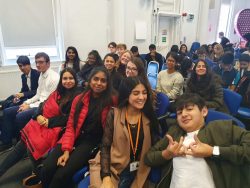
On Restart A Heart Day, Wednesday 16th October 2019, several of us in Yr12 and Yr13 who study biology were given the opportunity to visit Harefield Hospital to be enriched by...
Posted by Damien O'Brien
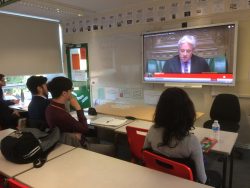
Year 12 and 13 Politics students have been astounded, intrigued and exhausted by the continued rollercoaster ride provided as the extraordinary BREXIT events have unraveled this...
Posted by Giles Monks
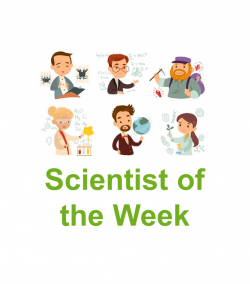
This weeks scientist of the week is Cecilia Payne-Gaposchkin, who was the astronomer and astro-physicist that discovered that stars are made largely of the two lightest chemical...
Posted by James Felix
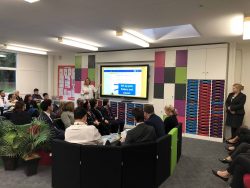
Sharing best practise is at the core of professional development at Bushey Meads. Last week during the ‘Monday Magic Moment’, Ms Hargreaves showcased an engaging...
Posted by Kashan Malik
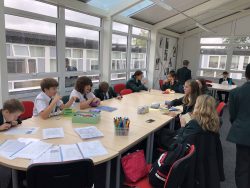
It was a pleasure to spend some time in ‘Our Space’, a dedicated area for students to enjoy activities in a safe environment. ‘Our Space’ is an initiative...
Posted by Kashan Malik
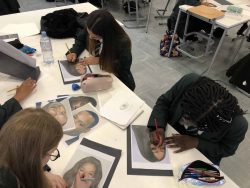
Year 9 students in Miss Cole’s class immersed themselves in creating are inspired by Black History Month. Students studied the works of Kehinde Wiley, a Nigerian-American...
Posted by Kashan Malik

Dance is a subject that has grown over the past 4 years to become a core part of what Bushey Meads has to offer. With Mrs Rosa building the department from the ground up and Miss...
Posted by Kashan Malik
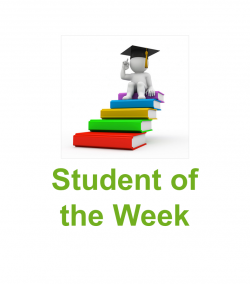
Key Stage 3 Preesha 8 Maple – Preesha is an exceptional student, who always goes above and beyond in and outside her lessons. She has the most amount of achievement points...
Posted by Kashan Malik

Getting the core subjects right has such a huge impact on the opportunities available to our Year 11 students when they complete their GCSEs. Maths will lead to one grade, English...
Posted by Suresh Varsani

Posted by Sara Ash - Deputy Headteacher

On Restart A Heart Day, Wednesday 16th October 2019, several of us in Yr12 and Yr13 who study biology were given the opportunity to visit Harefield Hospital to be enriched by practitioners who specialise in cardiology. The day was filled with a myriad of talks and activities that really benefited us in carving our future medical careers.
The day opened with a talk by Professor Simon Ray from Wythenshawe Hospital, Manchester, who has been an Honorary Professor of Cardiology since 2011. He spoke about taking up training, working and the use of simulators to optimise practice.
This was followed by Dr Miles who surprised us with a brief history of the hospital itself, informing us that in 1915, the buildings we were in constituted grandiose stately home that was purchased and repurposed as an Anzac hospital in the great war. This was a great introduction into the jam-packed day. He then went on to enrich us with knowledge of the difference between heart attacks and cardiac arrests, their prevention and emergency treatment.
Professor William Toff expanded on this by explaining why it is vital that the general public are aware of how to perform CPR, comfortable with it and how to safely use a defibrillator, whilst urging us to spread the message to our family and friends. I can speak for many by saying how shocked I was to become aware of how crucial it is to know how to perform CPR or use a defibrillator as the number of people with cardiac arrests is equivalent to a passenger plane crashing every 10 days, with a less than 1 in 10 chance of survival. And that 80% of cardiac arrests occur at home! 
When you come across an unconscious person:
Danger: asses danger to yourself or the patient
Response: Check for a response
Shout: And send for help, call 999 or 112
Airway: Slightly tilt the person’s head upwards to allow their airway to be fully open, check for obstructions
Breathing: Check if they are breathing for 10 seconds: brea
Circulation: Check for a pulse: circulation
Remember this by DR’s ABC.
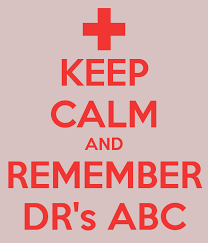
Give two emergency breaths.
If you are able to have access to a defibrillator (AED – automated external defibrillator), use without hesitation and follow the instructions provided with the kit; standing clear of the person when the defibrillator is in use. The defibrillator will talk to through the procedure.
Continue chest compressions and rescue breaths until the ambulance arrives.
The AED may be the lifesaver. For every minute that passes, the probability of survival decreases by 10%, so just knowing how to perform this is enough to potentially save a life. Evidence suggests that early education will significantly improve outcomes, and by June 2020, it is expected that it is expected to be on the school curriculum.
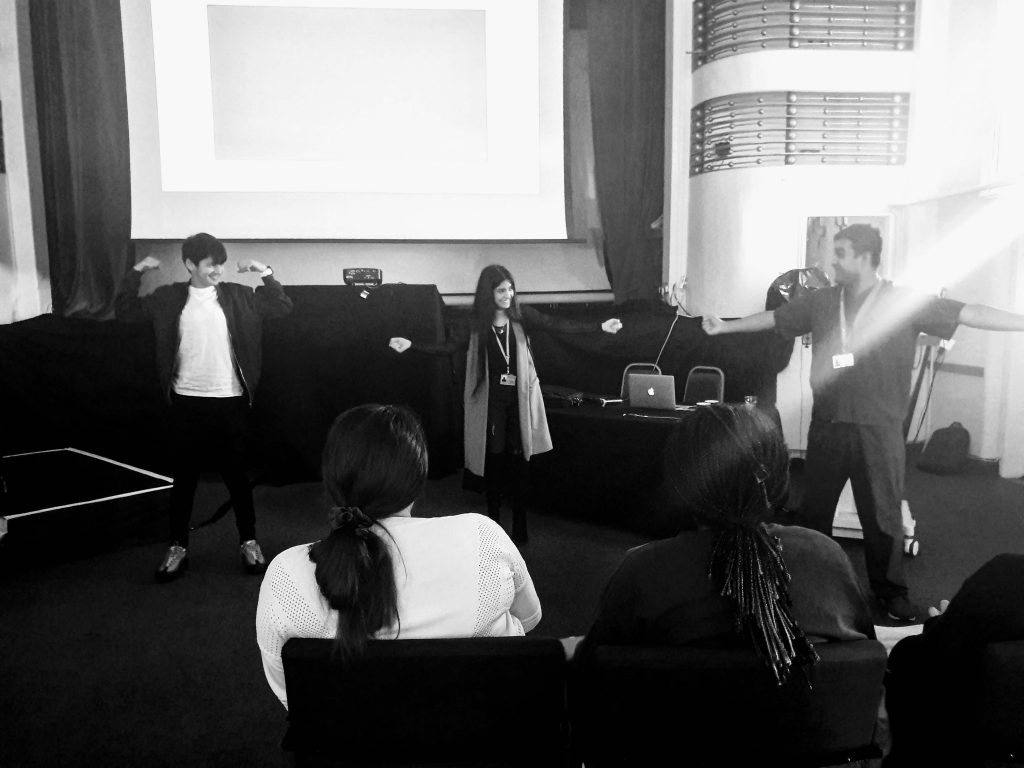
After this, we were introduced to Dr Shouvik Bandar, an electrophysiologist, who spoke of arrhythmia issues demonstrated through dance moves, which definitely caused many of us to laugh. Two of our classmates, Arash and La’Raib, had the delight of demonstrating these moves to everyone, and I am sure they have a greater understanding of arrhythmia issues as a result.
Dr Rob Smith, the very famous 6’5’’ doctor, enlightened us with topics other than his height by speaking about valve issues, discussing replacements and high risks that come with it and revolutionary treatments which have very low risks that hopefully we can see coming to operating theatres soon. Currently, open heart surgery is being supplanted by transcatheter techniques, a massive step forward to bettering healthcare and improved recovery.
The last session was conducted by Alison Pottle, a nursing consultant specialising in cardiology who delivered a masterclass in resuscitation. Many of us had the chance to revive poor Tony the dummy on countless occasions, and it is fair to say we are on the road to becoming experts in conducting CPR.
The day was concluded with us being given the opportunity to speak to many of the doctors and nurses, ask questions and speaking about possible careers.
We are very thankful that Mr O’Brien provided us with the opportunity to go to the hospital which really helped many of us carve and fine-tune our medical interests and potential medical careers.
Written by Lakshaa Srishankar

On the evening of 25th January 2025, people across the world had the chance to witness something truly special: a rare alignment of several planets in the night sky. This...
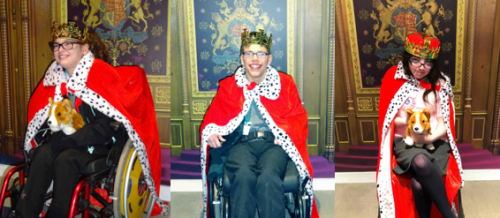
On Friday 9 March, fourteen Year 7 to Year 13 students set off with support staff on two buses for a visit to the Palace of Westminster Education Centre and a tour of the Houses...